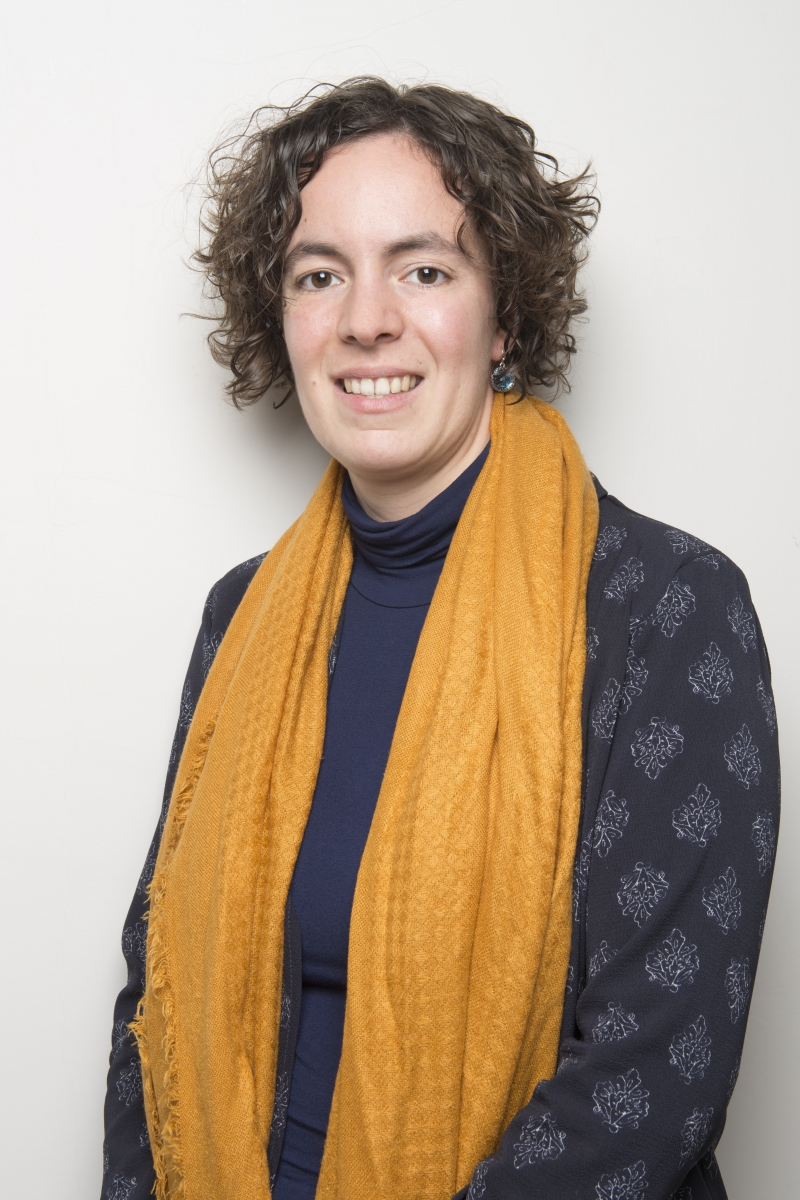As a museum for religious art and culture, all kinds of religious intangible culture heritage is represented in our organization. Religious intangible heritage can be found in the domains of social practices, arts and crafts, nature and universe our oral practices. For example: processions, different kind of devotional practices, crafts like the baking of hosts, etc.
It is a big challenge to register the different manifestations of religious intangible heritage, especially in a time of changing (religious) structures. At the same time intangible heritage can be a way to bring different communities together and to inspire the dialogue.
Museum for dialogue
Description of the project / practice / program
As a museum for dialogue, PARCUM deliberately focuses on the interaction between contemporary (global) themes and religious heritage, between believers and non-believers, between different denominations and philosophies, between young people and the elderly, ... With this approach, PARCUM desires to stimulate engagement in visitors of various philosophical and cultural backgrounds. The museum positions itself as an open meeting place, a place for critical and creative thinking, for wonderment and development, for reflection and dialogue. PARCUM addresses issues of identity and creates new forms and contents to alleviate social tensions, for instance, by focusing on questions about interreligiousness and interculturalism, citizenship and personal development.
Together with the opening exhibition '(Un)wordly. Images of seclusion and liberation' we organize some activities to start the dialogue:
- Dialogue between generations 'Kunstendag voor Kinderen'
- Colloquium 'Op een kier. Beslotenheid bij verschillende religies', on dialogue between different religions and worldviews
- Dialogue afternoon on the meaning of contemplation and silence in today's society and contemplation in different religions
- Dialogue of silence in cooperation with 'Interlevensbeschouwelijke dialooggroep Grenzen Bewegen Leuven'
- Study afternoon on religious architecture and its contemporary uses
- ...
You can click here for more information on these activities. All the mentioned activities were organized together with the (faith) communities or their representatives.
As mentioned above the project of the museum for dialogue has just started recently. So we consider every activity as a 'process of learning', and a way to think critically about our own methodologies and working processes.
How were practitioners of intangible cultural heritage involved?
- The project of the 'museum for dialogue' only started in 2017. However we have gathered a large group of stakeholders from different religious and cultural backgrounds in the consultation platform 'Dialogue, Religion, Identity and Heritage'. The first meeting of the platform took place in June 2017.
- The consultation platform will be asked to give input for the exhibition program of PARCUM and for other activities.
- The Centre of Religious Art and Culture (part of PARCUM) has broad experience in assisting ICH-communities with the safeguarding of religious ICH. F.i project 'Op handen gedragen' on the heritage of processions.
- We have also assisted communities as the 'Federatie van Vlaamse Kerststallenvrienden', the 'Godelieveprocessie Gistel' or the 'Paardenprocessie Hakendover' with preparing a dossier for the national inventory of ICH
CV of the author

Julie Aerts graduated as a Master in Modern History at KU Leuven in 2006 and as an Aggregated High School Teacher in 2007. After a short career as a history teacher in high school, she started working at the Centre of Religious Art and Culture (CRKC) in 2011 where she is responsible for the project management at the Department of Movable Religious Heritage. She is one of the authors of the 'Atlas van het religieus erfgoed in Vlaanderen' and she developed the CRKC's role on the domain of Intangible Cultural Heritage. At this position she established contacts with numerous (religious) ICH communities in Flanders and assisted them with the safeguarding of their ICH. In 2017 the museum PARCUM, museum of dialogue for religion, art and culture, opened its doors in Park Abbey in Leuven (Belgium). Julie is responsible for the development of the dialogue function between PARCUM and its heritage communities.
LESSONS LEARNT
-
Intangible heritage can be a way to reach communities and groups that do not have affinity with tangible heritage (movable and immovable, from monuments to works of art...)
-
Museums can be places where intangible cultural heritage can be valorised and shown to a broader audience. It can help to interpret and contextualise intangible cultural heritage, and even alleviate societal tension.
-
Building up relationships with practitioners of intangible heritage takes a sufficient amount of time. It's not easy to be on the same page with everyone involved. It could occur that not all museum staff is equally interested in intangible heritage.
LINKS
Practical
When
30 March 2018 from 08:37 to 08:37
Where
Subscriptions
It is no longer possible to subscribe to this bestpractice. Reports and videos will be published after the bestpractice.